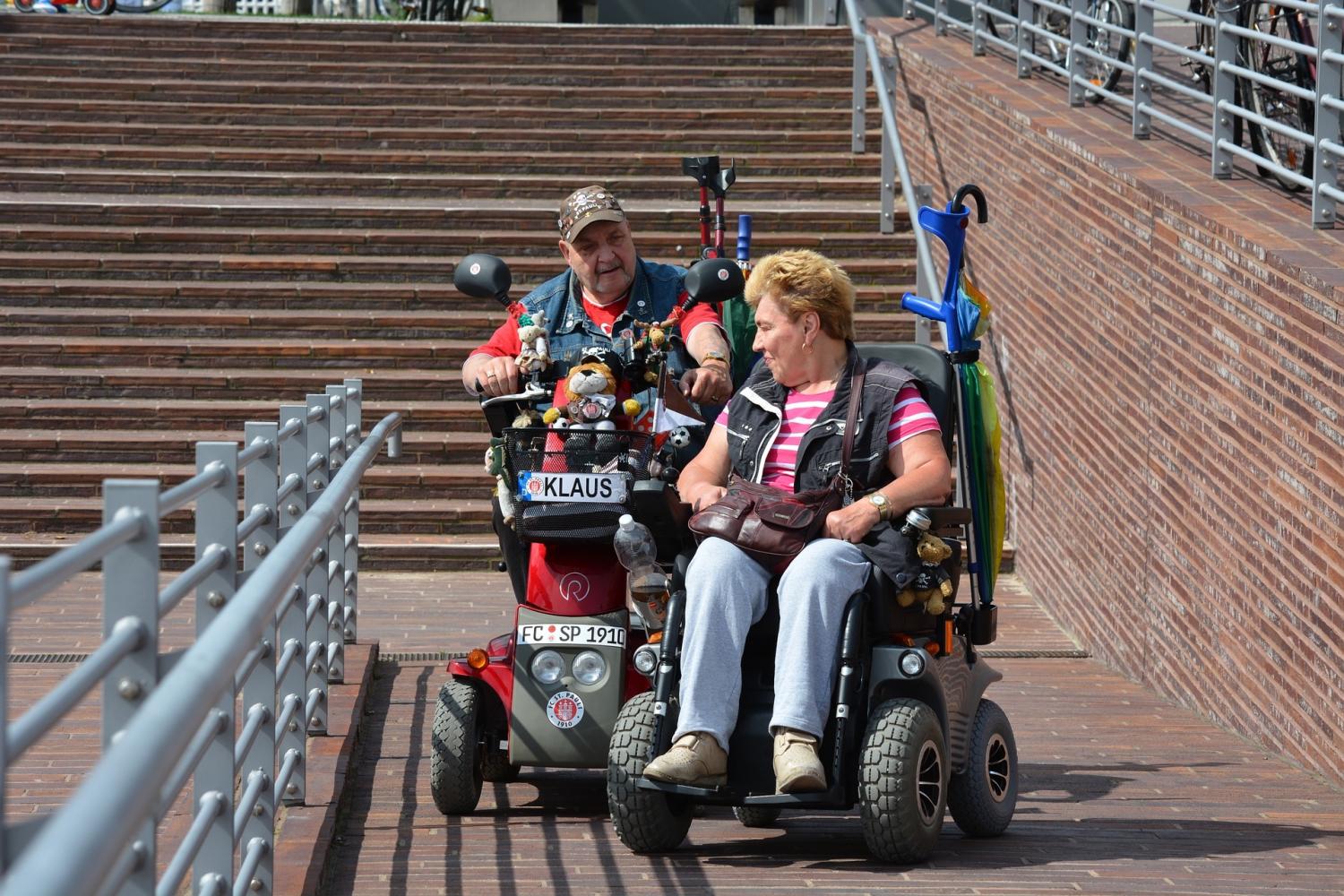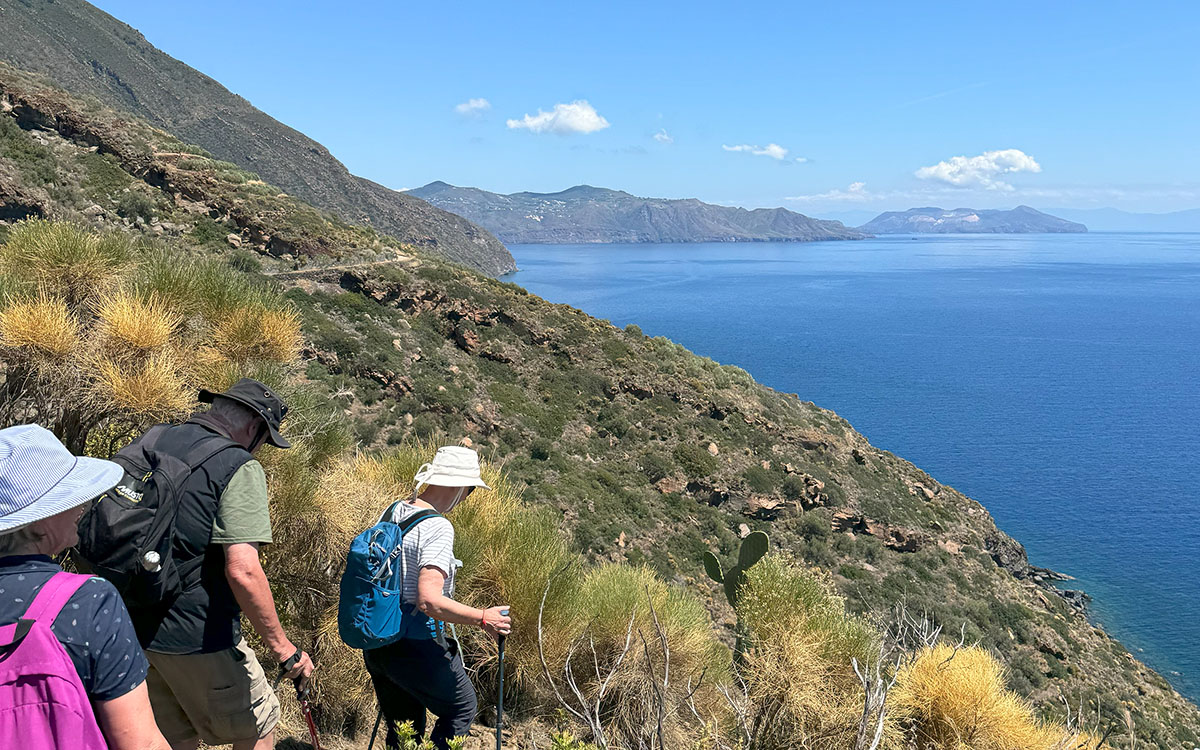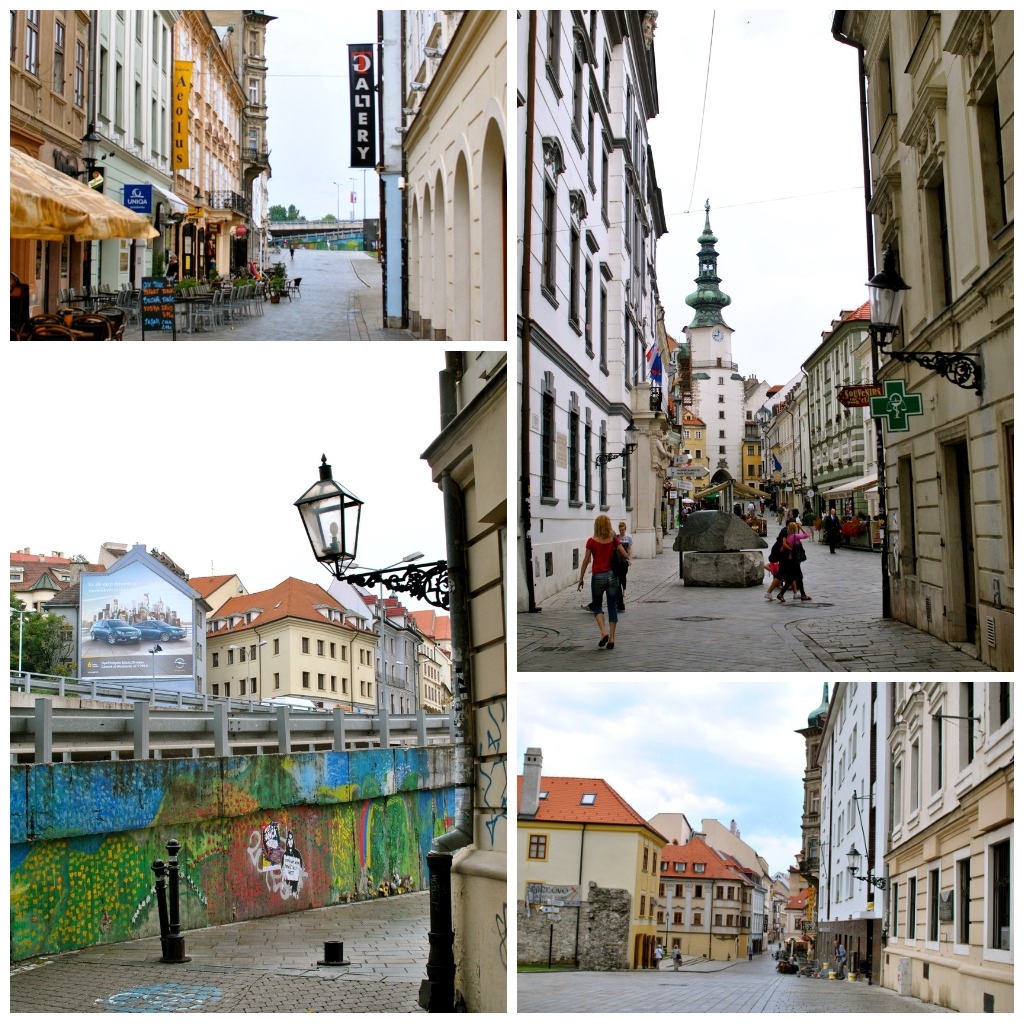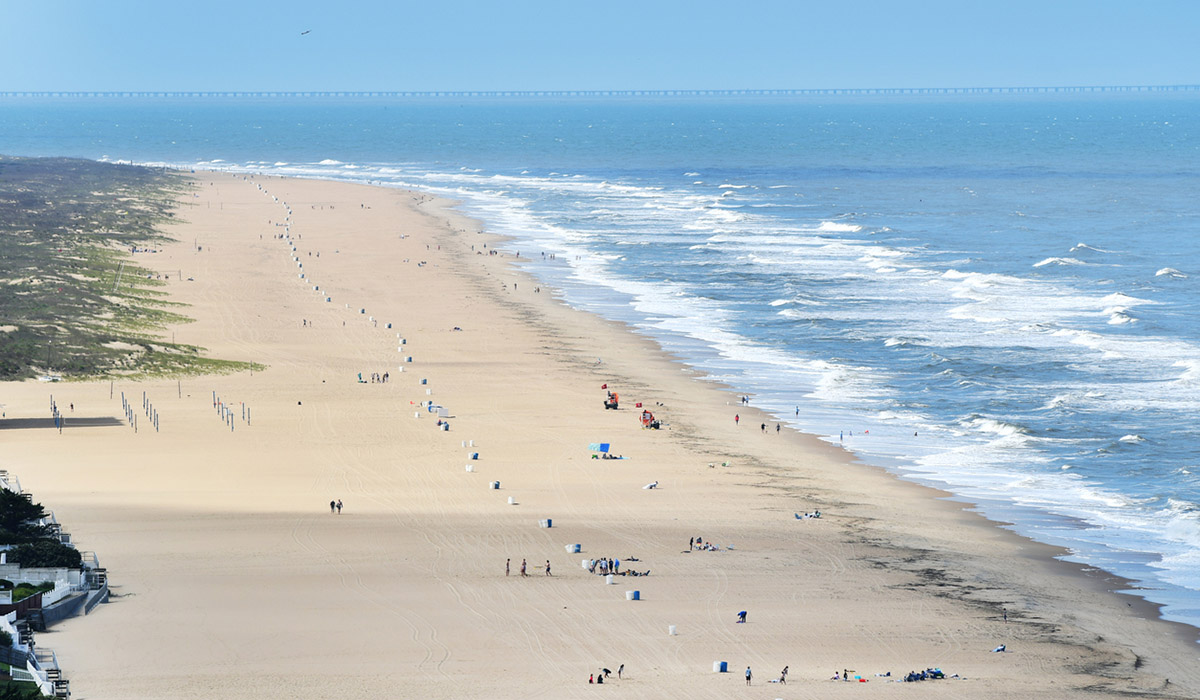
What Are the World’s Biggest Cities Doing To Become More Accessible?
You would think that, in 2017, it’s easy for someone with a disability to get around. Unfortunately, that’s just not the case. Many cities lack accessible transport, step-free entrances and disabled-friendly toilets. However, it’s not all doom and gloom for people who rely upon wheelchair accessible vehicles to get from A to B; here’s how some of the world’s biggest and best cities are becoming more accessible.
Berlin, Germany
The city of Berlin is pretty modern, which means that its accessibility is much better than older, more traditional cities. There’s so much to see and do in the cultural hotspot, so it’s hardly surprising that a record-breaking 28.7 million people visited the region in 2014! Whether you’re heading to the historically significant sites like the Berlin Wall or Checkpoint Charlie, or relaxing in one of the trendy rooftop bars, you won’t be bored in Berlin. The city has taken steps to make sure that pavements are wide and wheelchair friendly. Plus, Berlin has also ensured that public transport, including buses and the metro, is accessible! There’s still more work to be done though, as some metro stations are lacking step-free access.
Barcelona, Spain
The Spanish city of Barcelona is popular among sun-seekers, but is it wheelchair friendly? The bus system has been improved significantly over the past few years, meaning that it’s the best choice for visitors needing accessible transport. Again, the metro system lets Barcelona down, as some of the most popular stations don’t have lifts, meaning wheelchair users could get stranded on their journey. However, improvements have been made to make many of the beautiful beaches accessible. Las Ramblas, Plaça de Catalunya and La Barceloneta are just a few examples.
Sydney, Australia
Sydney is a top destination for those looking to give the laidback, Aussie way of life a go. As a relatively modern city, accessible features have been incorporated into the design of many famous landmarks, including the Sydney Opera House and the Harbour Bridge area. Don’t miss out on dipping your toes in the sand on Bondi Beach; you can borrow a beach wheelchair from the lifeguards who will be more than happy to help. The city has its own Inclusion (Disability) Action Plan, which defines the long-term vision for a Sydney that’s accessible for everyone. In the future, more work is going to be done to improve access to leisure facilities and increase the number of employment opportunities available to people with disabilities.
Ottawa, Canada
There are plenty of reasons to visit the Ottawa area, including the iconic Parliament Buildings and the beautiful Rideau Canal. Unsurprisingly, the capital of Canada is committed to providing equal treatment for everyone. But does Ottawa deliver on its promises? The city provides disabled drivers with a plenty of accessible parking, as long as they display the right permit, and most of the OC Transpo busses are completely accessible. Alternatively, there are ParaTranspo buses available to help disabled people get around. So, travelling from place to place is not too difficult. You’ll find that most shops and restaurants in Ottawa are step-free and fully accessible too, meaning that spending a day exploring is as hassle-free as it should be!











